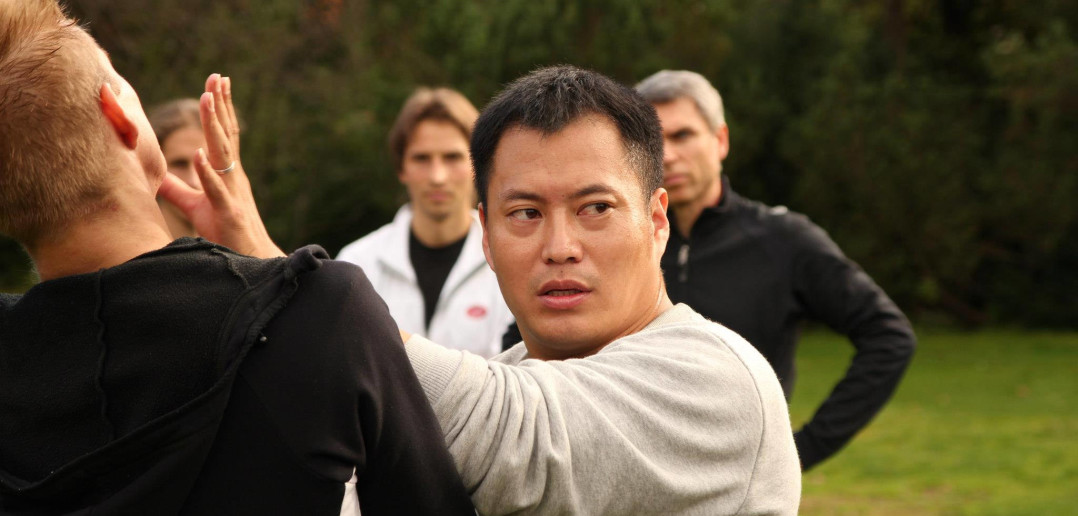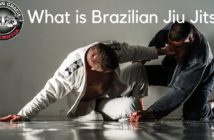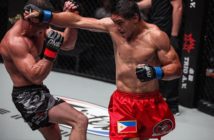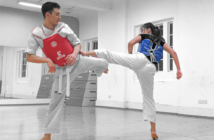So what is fali? and fajin? Are they the same? Or are they different? In this article ‘Master An’ sets about demystifying power generation, fali and fajin.
A lot of time is spent on power generation at An Wushu. There is, of course, a huge amount of depth to this topic not covered in this article. This is just a short article as we often receive this question.
Demystifying power generation, Fali and Fajin
In terms of the article don’t worry if it doesn’t clear everything up! It’s not supposed to: In the West, we usually Learn then Do. At An Wushu, you Do then Learn: An Shifu will explain a small amount about a concept before showing you how to develop it. You’ll go away and practice it for many repetitions, and then when you have the feeling of experience of it, An Shifu will explain much more, and it’ll truly make sense. For kung fu, this is almost always the best way to learn and is a very traditional approach.
Fali
Fali means to ‘release explosive power’ and is something anyone can do to a certain degree. If you go to the gym and lift a heavy weight off the floor, you are using (a low level of) fali.
Fali is performed by compacting the chi inside the body, and the body itself, then reversing this process to strike the opponent. In this way, fali requires a ‘wind-up’, like stretching your arms back before throwing a ball.
A strike performed with fali is a fairly ‘committed’ strike, meaning that even if your opponent moves during your strike, you are still committed to your path. (Do not think fali is not useful for this reason… a fali strike can still be incredibly fast!)
At An Wushu, we believe fali is best exemplified by Bajiquan. The video below shows some Bajiquan to see fali in action.
Fajin
Fajin is the joining of the whole body together (muscle, bone, tendon, ligament, and Yi [intent]) to send out a huge amount of power over a very short distance. Bruce Lee’s famous 1-Inch Punch is what a high level of fajin looks like.
Fajin can be considered ‘super fali’ as it requires no ‘wind-up’. It will naturally be developed as a practitioner’s body control increases from many hours of fali training, however certain styles train specifically for it.
While a strike performed with fajin does of course have momentum and therefore is ‘committed’ in a sense, a practitioner will be able to change directions very quickly compared to a strike powered by fali.
View the video below to watch some Xingyiquan to see fajin in action. Being a shorter body movement than fali, fajin is easier to feel than see; however, if you watch Xingyiquan after watching Bajiquan, you’ll see the explosive movements in each style have a different quality.
At An Wushu you can study with ‘Master An’ full-time in China. Find out more by visiting www.StudyMartialArts.Org (SMA). SMA exclusively help dedicated students connect to quality martial arts schools. This includes visa assistance and independent information, all at no additional cost to you. Check us out.
Other posts by An Jian Qiu





1 Comment
Awesome. The thing I loved most about my year training with An Shifu is that he can create so many types of power and all his styles – Baji, Xingyi, Bagua, Taiji, Sanda and some others – look, feel, and are used in different fashions because of this. He can express the principles of each style. Too many people I’ve learnt from in the past apparently know many styles but only have one way of expressing power and are just making different shapes. It was awesome to go to An Wushu and finally learn the difference between styles – especially with regards to power generation 😉